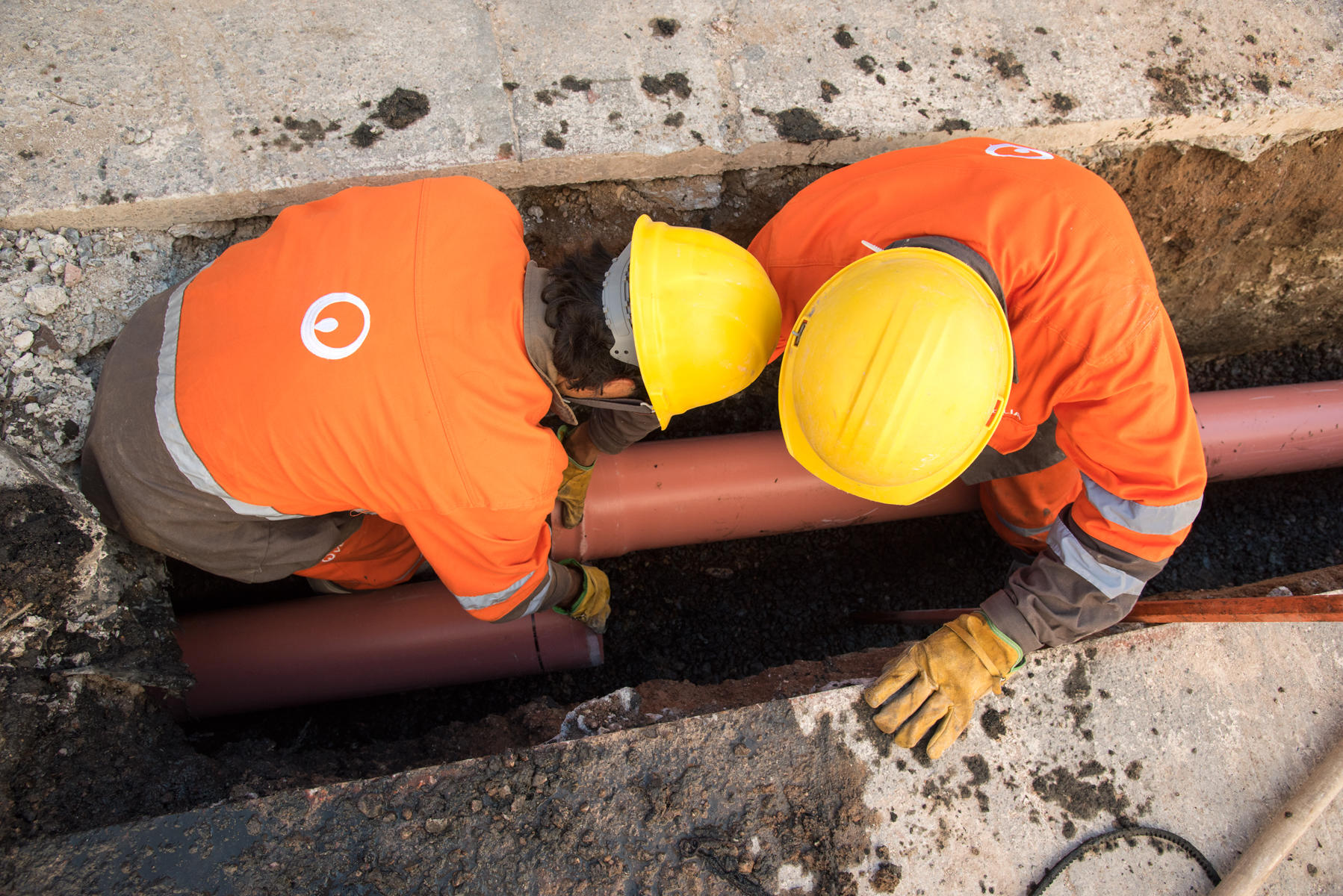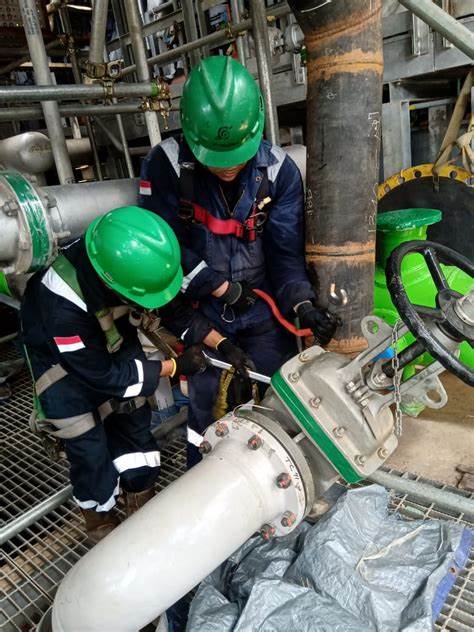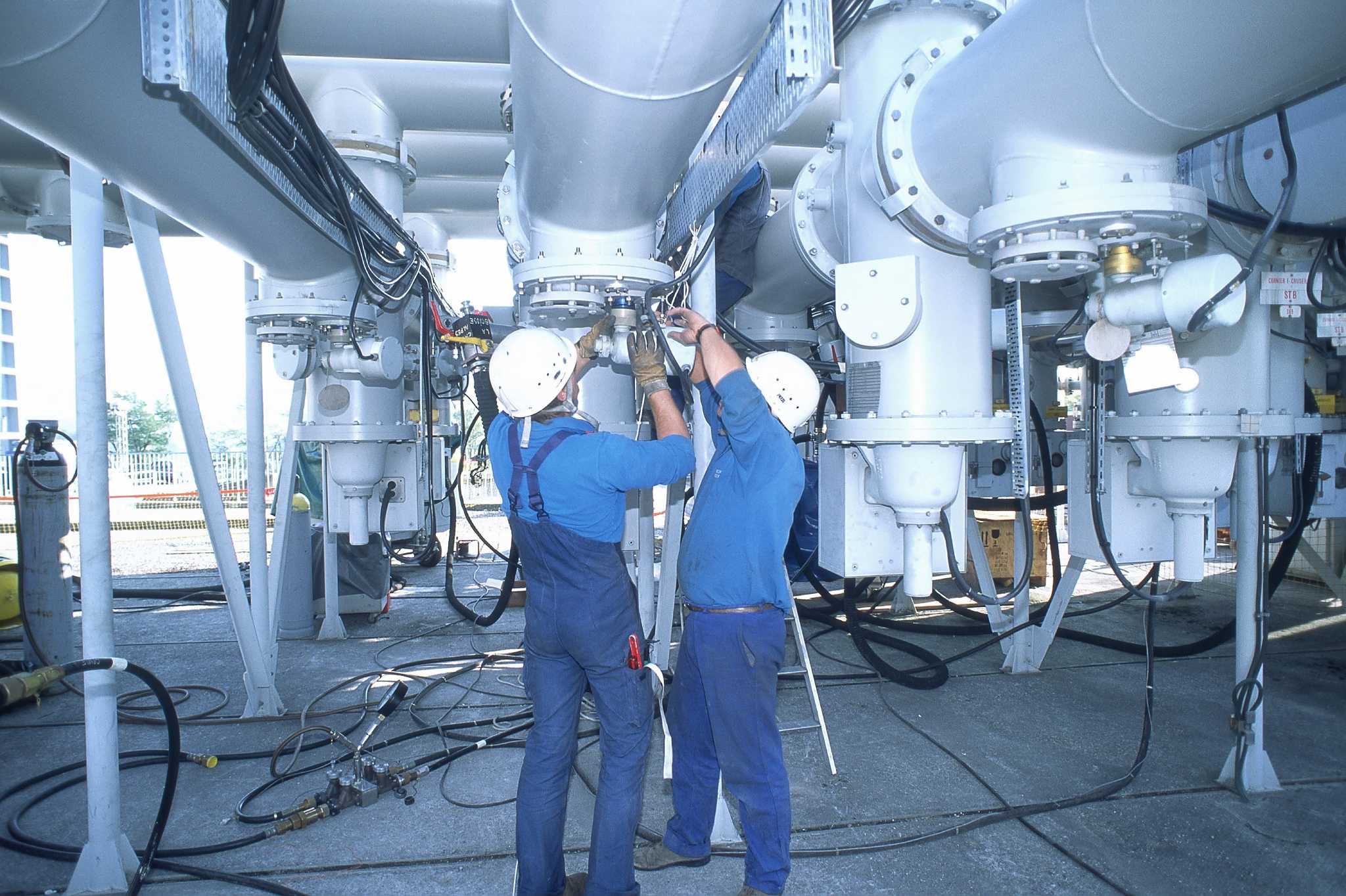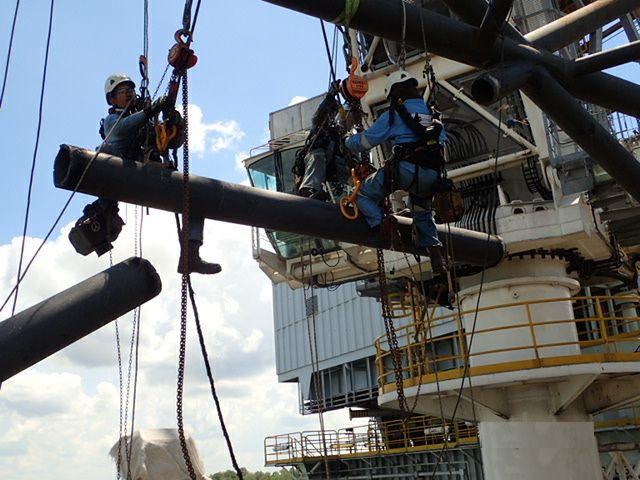Pipe Fitter
A Challenging Career !
Before we go ahead with a definition or description about what is a Pipe Fitter, it is important to say that a Pipe Fitter is way different from a Plumber.
Plumbers install, repair, and assemble systems that fall under the public utility umbrella such as drainage, heating, and water transportation. They troubleshoot problems related to burst pipes and pipe leaks and are also capable of installing system-dependent appliances, including water heaters, dishwashers, garbage disposals, and hot water tanks.
On the other hand, Pipe Fitters work with a wide range of pipe materials and systems. Their primary specialization is designing and assembling complex pipe networks, mainly for industrial or building purposes. They are the ones that install and secure pipes and test the functionality of hydraulic systems, while also locating and repairing breakages and malfunctions quickly.
Pipe Fitters can also design systems for handling condensation, gasses, steam, drain lines, lubrication, heating, refrigeration, and other actions. They may also set up automated controls for these procedures and work in commercial and residential settings, similar to plumbers.
A Pipe Fitter may work on chemical transport piping, high-pressure units, and air conditioning systems, and must have adequate knowledge of welding equipment, metallurgy, and power tools. Pipe Fitters play a crucial role in oil, construction, manufacturing, and energy generation. They lay the high-pressure and low-pressure pipe systems, install supporting structural steel members, and perform routine inspection and maintenance.
Plumbers manage water-based installation and repair, they typically work on copper and PVC pipes. Plumbers generally work in residential and commercial settings such as homes, offices, and apartments. They help install water supply, sink, kitchen, and machinery that run on water, such as refrigerators and washing machines.
As you can see now, Pipe Fitters and plumbers both work on pipes and piping systems, but there’s a significant difference in the types of systems they handle.
6 Reasons To Become A Pipe Fitter
Pipefitters can work in multiple industries, from shipyards, oil rigs, federal government, commercial, residential to manufacturing plants and construction companies.
HERE ARE SIX REASONS WHY YOU SHOULD CONSIDER A PIPEFITTING CAREER.
1. The field of pipefitting is growing. By 2024, the field of pipefitting is expected to grow by 24 percent. This is faster than the average growth rate of other fields. Currently, there are not enough pipefitters to sustain the industry in the entire American Nation.
2. The career is stable. With a faster-than-average projected industry growth rate, there’s a lot of work for a Pipefitter.
3. You could start making money quickly. If you can’t get into a 4 year university, you can attend our unique technical training program. You will gain knowledge and experience and get your validated Certificate. To become a pipefitter, most people start with no experience as apprentices and culminate in supervisory positions, if they do it right.
4. The position pays well. As a pipefitter apprentice, you can start earning between $24-27.00 per hour; while you’re in training. The average pipefitting apprentice can earn $36,850 when starting out. While the average salary for a more experienced pipefitter could range from $75,000-90,000 annually. The return on investment is quite high; considering the cost of a typical 4-year college degree.
5. You can increase your salary with overtime. While you’ll enjoy a consistent 40-hour workweek, you’ll also be able to work overtime at night or on weekends, if required.
6. You can receive great benefits. Many companies in the United States provide their staff with excellent benefits such as: Family Health Insurance, Overtime Pay, Per Diem, Vacations, Sick Days. This would definitely improve your quality of life.
7 Crucial Safety Tips for Pipe Fitters
Pipe-fitting jobs can be lucrative and rewarding. However, if you’re on the hunt for a pipe-fitting gig, know the risks involved. Injuries and accidents are possible but avoidable with the right insight. We advise you to look out for the top seven hazards in the pipe-fitting profession.
1. Know Your Materials
In this industry, workers are always at risk for hazardous materials exposure. While this ultimately depends on the job, pipefitters may be called to handle:
– Refrigerants
– Oxidizers
– Flammable Products
– Hazardous Materials
Any of these can put a pipefitter at risk — an accident that triggers flames can cause burns and smoke inhalation. Chemical fumes can also do respiratory damage or cause skin injury.
2. Use PPE
PPE, or Personal Protective Equipment, is intended to keep a pipefitter safe throughout the job at hand. We recommend the following PPE when necessary:
– Masks/Face Shields
– Safety Goggles
– Gloves
– Protective Skin Covering (Long-sleeves, coat, etc.)
It’s also crucial to ensure all PPE is well-fitted and perfectly intact. A breach in your goggles or a rip in your gloves can mean disaster before you see it coming.
3. Machinery Know-How When you’re on a site, you may need to operate some serious equipment. When assembling and installing, a pipefitter frequently needs to saw, torch, or otherwise manipulate the pipes. Be very cautious to prevent burns, cuts, crush injuries, or even severed limbs.
4. Prevent Slips and Trips Whether you’re down on the ground or on a ladder thirty feet in the air, stability is important to prevent slips and trips. It’s common for pipefitters to work in cramped, dark or damp places. These environments will drastically increase the risks of slipping and tripping.
5. Avoid Falls
While in tight spaces or at great heights, the risk of falling also multiplies. Pipefitters often make use of platforms, webbing, or harnesses, but falling from a great height at a great speed is simply deadly. Know the risks and prepare accordingly. For example, prepare extra slack in your rope or ask for a spotter if needed.
6. Proper Heavy Lifting
Large loads combined with precarious positions can mean large bodily injuries. Lots of pipefitters are prepared for smaller wounds like cuts and scrapes, but they may overlook strains, sprains, and ligament tears. If you’re not abiding by safety standards, you can damage your body permanently.
7. Airborne Safety
Pipes need to be manipulated with a saw or a torch, which means tiny airborne particles. If you’re working with metal pipes, this becomes more dangerous. Without protective eye gear, those sharp metal fragments can cause permanent eye damage. Have goggles or safety glasses handy to prevent unforeseen injury.




